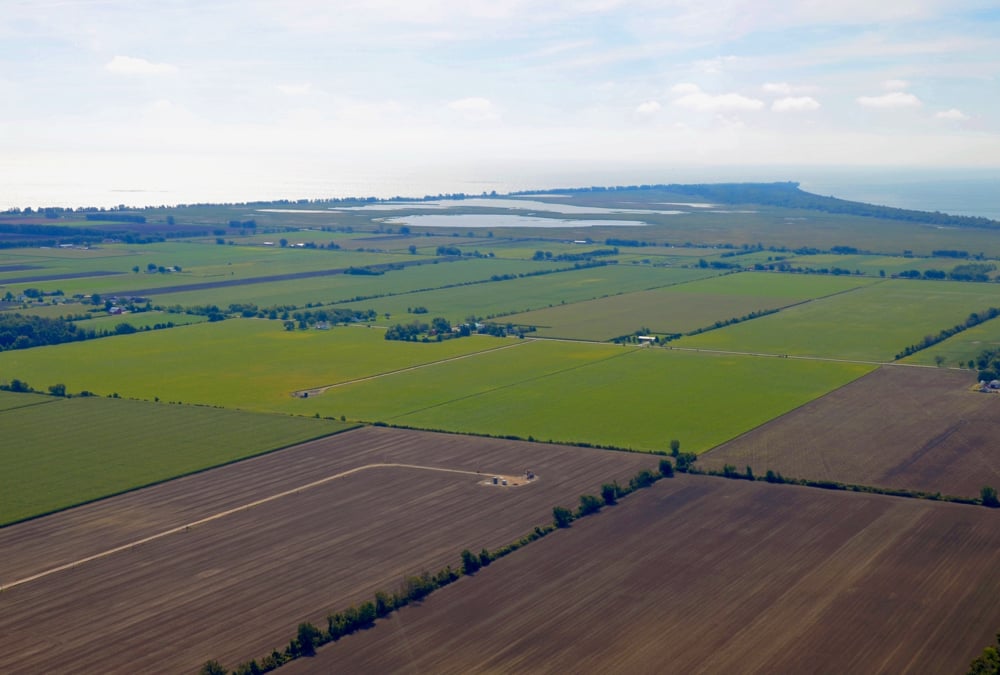Online mapping tool offers agricultural land use information

Glacier FarmMedia – A new online tool allows users to examine agricultural land use across the country.
Read Also
EU loosens rules for new genomic techniques
Glacier FarmMedia – A European Parliament decision last month to adopt new rules for what it calls new genomic techniques…
Developed by ALCES for the Canadian Agri-Food Policy Institute (CAPI), the Agriculture Web Mapping Application Tool offers maps and datasets about land use, management practices and agri-environmental indicators.
Census, crop production and land use data can be viewed individually or overlaid.
Why it matters: The tool aims to give farmers better data to make decisions about their land.
Tyler McCann, CAPI’s managing director, said people want to better understand what’s happening and how to connect the different interests of governments, producers and broader society.
“The more that we’ve done work on land use, I think the more that you understand how connected land use policy is to most policy decisions, most policy debates that happen in agriculture and food,” he said in an interview.
People see activity in their own regions but need a broader perspective. The tool is intended to foster wider discussion and lead to better decision-making, he said.
It can help forecast land conversion based on what’s already occurred.
“That may be of particular interest to farmers as they’re making their own expansion plans or looking at restoration for nature-based solutions,” said McCann. “It could be of interest to farmers that are looking at, ‘am I farming in an area that is of potential interest (for conversion)?’”
The tool can compare fertilizer use in different regions or the adoption of no-till, for example.
Its unveiling kicked off a recent CAPI webinar on land use, highlighting how agricultural land is asked to do more while it’s under pressure from urban expansion and climate change.
Susie Miller, executive director of the Canadian Roundtable for Sustainable Crops, said some markets have strict requirements regarding land conversion.
“To participate in some of the markets, such as biofuels in the EU, a farmer has to certify that the land on which the canola is grown, for example, was not forest land after 2005,” she said.
In one situation, some EU clients were not going to purchase canola because their data showed it had come from land deforested for agriculture. Miller was able to provide data to the contrary.
She said farmers could use better data to make individual decisions about their land. There is a lot of information available about biodiversity and how it benefits the public but not as much on how it benefits farms.
“Farmers have been basically intensifying the use of their land and sometimes that intensification means the removal of land which is natural or semi-natural habitat and sometimes it means also changing from pasture or native grasslands into crop lands,” she said.
Programs available from conservation organizations tend to appeal to those who were going to preserve land anyway, and “certainly are not at a value level to counteract the intensive market pressures.”
Ontario consultant Bronwynne Wilton said some landowners who take advantage of different programs run the risk that the work will all be undone when their land is converted for urban use.
Nature United senior conservation scientist Ronnie Drever said he sees tension between short- and long-term goals.
“We want our farms and ag lands to deliver toward our long-term goals of nature conservation, climate change mitigation, but farmers are under short term pressure to deliver on huge bank loans and all these other things,” he said.
“Long-term outcomes are typically more in the public good space. Can we develop tools or approaches or bridging mechanisms that allow the right behaviour in the short term that will translate into those long-term goals?”
McCann said agriculture will run into more pressure. Registered users of the CAPI tool will be able to add new datasets and the organization is still looking at how to update it beyond five-year census terms.
– Karen Briere is a reporter with The Western Producer.
Source: Farmtario.com

